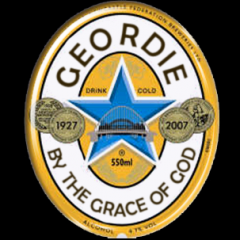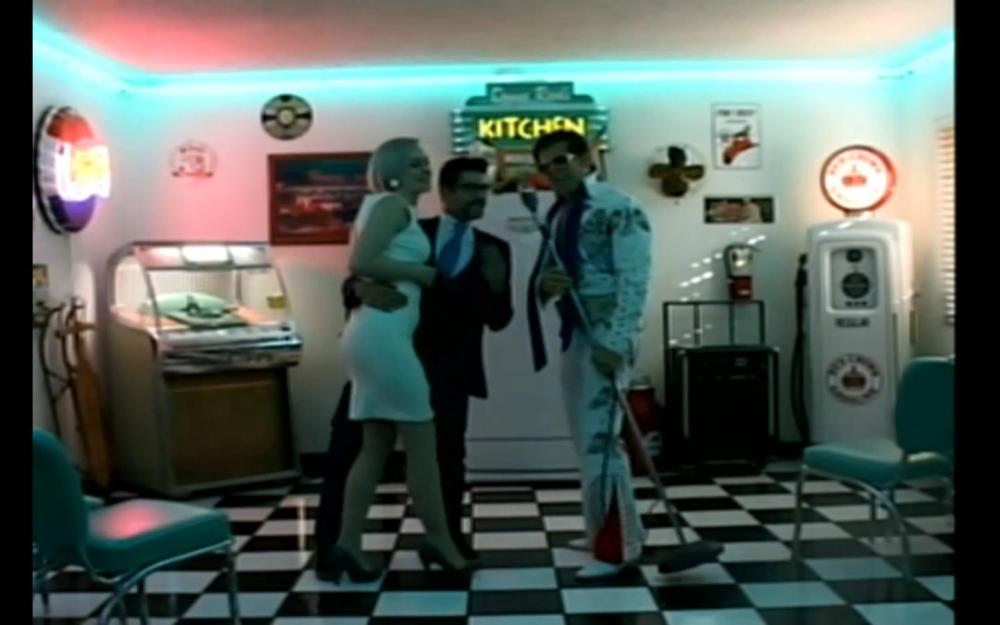Contributor Leaderboard
Popular Content
Showing content with the highest reputation on 22/07/16 in all areas
-
Kipling?! No need, my mum bought 'IF' for me when I was little and hung it on the wall. Can't say I've still got it word for word, but most of it is still there. The WSJ is good reading though: Shall we agree that the answer to his question is an emphatic NO?1 point
-
If I were you 3g, I'd stick to the previously mentioned Kipling and his exceedingly good cakes!1 point
-
What, no afterlife?! You do understand that that's so heretical that you could easily be slaughtered on the spot? Meanwhile, do leave the shorts in the drawer. You're right; I think I will convert to Islam. Do they do waterproof Qurans - so that I can study in the pool?1 point
-
Yes, it's free for you but you don't have to have your hair done and a new dress everytime you Skype a friend. You men have all the luck!1 point
-
1 point
-
It's bad enough having me ear throbbing on a phone but allowing people to see me react like 'Kevin the Tennager' on Skype whilst they rabbit on! But seriously Skype is brilliant and I do, occasionally use it, for free, from my desktop PC. Even my non PC wife, that prefers to prattle on phone has enjoyed Skype. Our youngest had a humanist wedding ceremony - King Pin bowling suite, Tavistock Hotel, London, and the misses (having experience the other kids, 1 church, 1 registrar & 1 pub meal + pint to let us know they were moving in together,) didn't know what to expect. The humanist ceremony would be followed up the following year by a 'legal' ceremony with one and only vicar Elvis in Las Vegas. The youngin amazed and delighted her mother with what she had arranged (she arranged, we paid). Humanist ceremony (chat with the guests from aisle two of the 4 lane private King Pin executive suite) so different from being preached at in a church pew, even the 80+ year olds enjoyed the event. What followed in Las Vegas, followed at midnight our time on Skype, made the misses even happier. There was I in dressing gown ready for bed and the wife in her full outfit watching, via Skype for free, Elvis in the Doo Wap Diner doing his duty. So Skype saved the day and I even did screen dumps as the event went on, but I was still forced to buy the official CD and photos. One of the Skype screen dump/print screen images :-1 point
-
Not at all, Webtrekker. The building material is a natural commodity in abundant supply all year round here in the frozen north and the council is only too happy to let anybody, resident or not, take care of it - it saves them the job - and people building and owning their igloos are saving the council the cost of building and maintenance.1 point
-
1 point
-
An early Christmas present for all those interested in the history of Bedlington! Yet another academic work that's somehow ended up on the other side of the Atlantic, this time in the library of the University of Toronto. Written and researched by John Hodgson, Vicar of Whelpington, curate of Jarrow with Heworth and secretary to the Antiquarian Society of Newcastle on Tyne, this work was started in 1817 and finally completed and published in 1832 some 15 years later. Hodgson's A History of Northumberland is published in three volumes and looks at the county of Northumberland from a parochial viewpoint. Volume II, part II (the volume found in U of T's library) covers an area which may be of interest to us - namely the wards of Morpeth with their parishes and chapelries: Meldon, Rivergreen, Longhorsley, Hebburn and Morpeth in the West division, Bothal Ulgham, Woodhorn, Newbigging and Widdrington in the East division and those of Stannington and Horton in the Castle wards. Hodgson points out that Bedlingtonshire is to him "forbidden territory" belonging as it did at the time to the Chester ward of County Durham and its church not coming under the jurisdiction of the Archdeacon of Northumberland. However - and thankfully - "to fill up the panorama of the deanery of Morpeth" he incudes "a cursory sketch of this antient portion of the patrimony of St Cuthbert" known as Bedlington Parish - and even Netherton gets a mention! Hodgsons "cursory sketch" covers not only the rectory (as it formerly was), the vicarage (as it became), the Church and its incumbents (including a plate depicting "the Church at Bedlington" viewed, rather unusually, from the east) but also the corn mill, the extent and boundaries of the parish, the population, royal rights, the iron works, lease- holders in the parish, various registers, the rental of the Bishop's lands and the "village" itself. Just to whet your appetite I can tell you that the history of the church and its incumbents is described from as early as the 13th century, when still a rectory under the spiritual and moral leadership of Master Lambert Germiuin. Hodgson, like so many others, believes that a church existed on the site prior to the Conquest and that this church went on to become the rectory. However, his research was unable to support the theory. The rectory became a vicarage in 1242 when it was appropriated to the prior and convent of Durham - in order to gain the revenues necessary to complete the ongoing improvements to the church - and its first perpetual vicar, Simon de Derlington, was appointed in 1324. Reading between the lines, there would appear to have been a certain amount of discontent with a few of the vicars of Bedlington. In 1469 the vicar general of the diocese, on finding the mansion house and other buildings of the vicarage in a state of disrepair and decay, called in the bailiffs to administer the profits of the church thereby removing the administrative powers of the vicar Richard Langcake. langcake resigned shortly after. A similar situation arose some years later in 1489 when the income of vicar Robert Pritchard was sequestered for the same reasons. On a lighter note, vicar Thomas Colmore in 1604 is noted to have been involved in "a process in the consistory court against Ralph Sadler, for bragging of his indecencies in his pots". There is a notion of ambiguity here as to whose indecencies and whose pots are being referred to and neither do we know the type of pot or indescrepancy involved (a reward to those among you who can unravel the mystery)! That there may have been a smidgeon of hanky-panky with the Church funds may not be so surprising when we read Hodgson's account of the vicar's income at the time. Hodgson tells us that the vicar of Bedlington received yearly in tithes everything from one "reek penny" per family in lieu of firewood to sixpence per family for each hive of bees at Easter. Christmas would appear to have been the highlight of the vicar's year when he received one hen per household (later converted to sixpence in lieu of the aforementioned hen). Despite the dismal remunerations the vicars appear to have done a great job in the churchyard for Hodgson describes it as being "kept as trim and orderly as the parterre of a suburban villa: an example of neatness, and of affectionate remembrance for the dead, of which there is a great want of imitation in the church-yards to a considerable distance from both the banks of the Tweed". This is just one small fragment of what must have been a labour of love for Hodgson. The book contains over 600 pages - every one of them worth reading! If you can't read them all try to at least read that which Hodgson tells us of our beloved town. You'll find it on pages 348 - 369. Of course, Bedlington is mentioned in other places, mainly in the many "pedigrees" of noteworthy families around the county. Of marriage records to judge it would appear that a Bedlington lass was deemed an asset to the family even then! What's nice about this particular copy is that it has a search facility which enables you to look for every mention of people and places which may be of interest to just you. They are all there: Cambois, West Sleekburn, Blyth and Hartford, the Percy and Deleval families plus hundreds more. Remember that it's almost 200 years old. The spelling of place names is variable and differs considerably from the spelling of today but you will be able to recognize them. You've had plent of practice Reading HPW's text! As was the practice of the time much of the parochial literature cited by Hodgson is written in Latin. Not being able to read them will in no way detract from the immense pleasure of reading this work. You will find it at: https://archive.org/details/historyofnortpt202hodguoft Choose "see other formats". The first 7 pages are empty and text begins on page 8. ENJOY!1 point


.thumb.jpg.7493ddab4a696108cf2b849323d3c155.jpg)


